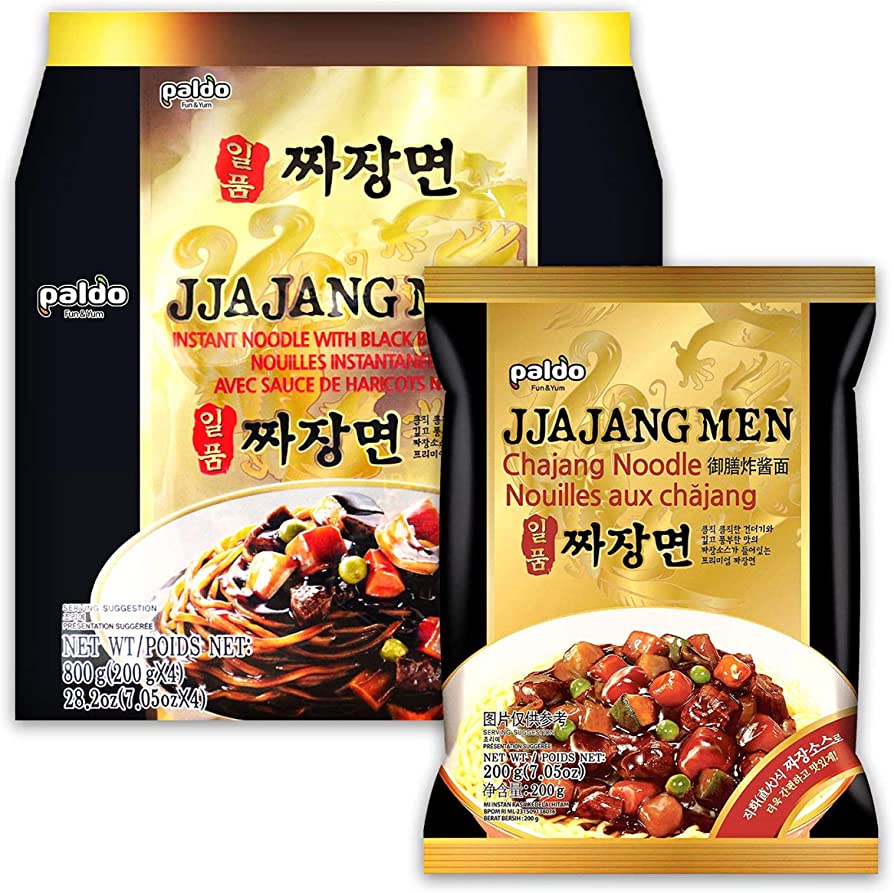Ramen noodle soup, originating from China and brought to Japan in the 19th century, has become a beloved comfort food worldwide. Korean and Japanese ramen are the most popular types, but each has unique flavors and ingredients. Korean ramen is known for its thicker and spicier noodles, spicy broth, and various toppings like beef, vegetables, and boiled egg. In contrast, Japanese ramen has thinner and smoother noodles, and a choice of miso, shoyu, or tonkotsu broth, served with sliced pork, seaweed, green onions, and bamboo shoots. Both offer tailored experiences, and it ultimately depends on personal preference.
Introduction
When it comes to comfort food, there are few dishes as beloved as ramen noodle soup. Originating from East Asia, ramen has become a global phenomenon and has many varieties, with Korean and Japanese ramen being the most popular. Although some may consider Korean and Japanese ramen similar, each has its unique flavors and ingredients that set them apart. In this article, we will compare and contrast Korean and Japanese ramen noodle soup, delving into the differences between the two dishes.
Origins of Ramen
Ramen is a dish that originated in China and was brought to Japan in the 19th century. The dish has since spread across Asia and has become a staple in many countries’ culinary cultures.
Korean Ramen Noodle Soup
Korean ramen noodle soup, known as ramyeon, is a popular snack and comfort food in Korea. Korean ramen is often characterized by its spicy flavor, which comes from the use of chili powder. The noodles used in Korean ramen are typically thicker and more textured than their Japanese counterpart, giving the dish a chewier texture. Additionally, Korean ramen is often served with various toppings, such as sliced beef, vegetables, and a boiled egg.
Japanese Ramen Noodle Soup
Japanese ramen noodle soup, also known as ramen, is a well-known dish that has gained worldwide popularity. Japanese ramen can be made with different types of broths, including miso, shoyu, and tonkotsu. The noodles used in Japanese ramen are typically thin and smooth, providing the dish with a more delicate texture. Additionally, Japanese ramen is often served with various toppings, such as sliced pork, seaweed, and green onions.
Broth
One of the major differences between Korean and Japanese ramen noodle soup is the broth used in each dish. Korean ramen is known for its spicy broth, which also has a sweetness and a little bitterness to it. On the other hand, Japanese ramen has a variety of broths, including miso, shoyu, and tonkotsu. Miso broth is made with soybean paste and has a sweet and salty taste. Shoyu broth is made with soy sauce, creating a salty and savory flavor. Tonkotsu broth is made from pork bones and has a thick, creamy texture with a slightly sweet flavor.
Noodles
The type of noodle used in ramen noodle soup varies between Korean and Japanese ramen. Korean ramen noodles are typically wider and thicker, providing a chewier texture. Japanese ramen noodles, on the other hand, are usually thin and smooth, creating a softer texture. The texture of the noodle can heavily influence the dish’s overall taste and can impact the broth’s absorption.
Toppings
Both Korean and Japanese ramen noodle soup offers a range of toppings. Korean Ramen often offered boiled eggs, meat, cucumber, green onions, and kimchi as toppings. Japanese ramen usually offers sliced pork, seaweed, green onions, and bamboo shoots as toppings. Due to the variety of toppings available for both Korean and Japanese ramen noodle soup, the dishes can be tailored to an individual’s preferences.
Conclusion
In conclusion, Korean and Japanese ramen noodle soup are two delicious dishes that have become staples in East Asian cuisine. While both dishes have some similarities, such as a noodle and broth base, they have distinct differences in their flavors, noodles, broths, and toppings. In the end, it becomes a matter of personal preference, and each dish offers a unique and savory experience worth trying.
